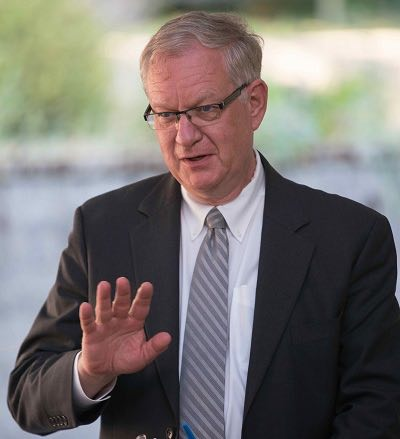Aijajaja
Alianaiɫaliqpuq inuuniarliqtunga
Aijajaja
Akuttujuuk saqirput ulluq suli tauvva
Aijajaja
Aijajaja
It fills one with joy that I will continue to live
Aijajaja
Akuttujuuk is appearing; surely there will be day
– Sung by Arnaujumajuq in Arctic Bay, December 1980
In North Baffin Island, the sun goes below the horizon on roughly November 7 and does not reappear until February 7. It is not dark the entire time; rather, there is ever shortening twilight in the middle of the day. Inuit must rely on the light of the moon and the stars during this period. There is a short time, however, when both the sun and moon are below the horizon. During that period, occurring roughly around Christmas, Inuit look for the rising of the constellation Orion, called Akuttujuuk in Inuktitut, meaning the “shoulders of Orion” (Betelgeuse and Bellatrix, the “shoulders” in the constellation Orion). As Orion appears (saqirput) above the horizon, Inuit know that the sun will be returning soon and that the opportunities for hunting and new life will begin with the return of the sun.
In historical times, when Akuttujuuk appeared, it marked the time for the great tivaajut ceremonies. These ceremonies consisted of a series of competitions (physical/sports competitions for men, throat singing for women, and drum dancing), the calling up and harpooning of Arnaaluk Takanaaluk, the “Mother of Sea Animals,” and concluded with spouse exchange organized by the shamans. The whole point of the ceremonies was to re-create the entire universe: physical, animal, and social relations through the people’s actions.
It so happened that the tivaajut coincided with the celebration of Christmas. Inuit first encountered and celebrated Christmas with the whalers who began to winter over in the north starting in 1854. While the Royal Navy required daily prayer from the Book of Common Prayer to be said on all ships, such was not the case for the whalers. Religious observance was determined by the captain of the vessel. It is not clear that Inuit were apprised of the celebrations’ Christian content, but they quickly learned that it was a time of feasting, games, dances, and general revelry. Remember, too, that most of the whalers were Scots from Dundee who celebrated Hogmanay with even greater enthusiasm, thus extending the party for an entire week. Gradually, this morphed into Christmas/New Year’s celebrations that lasted from December 21 until January 1. When I was in Arctic Bay in 1979-81, Christmas began on December 21 with the school concert, and then every day consisted of a church service at 6:00 p.m., games in the community hall at 7:30, and dancing until 4:00 a.m. Community-wide feasts punctuated these daily activities on Christmas Day and New Year’s Day. By celebrating God’s re-creation in the birth of the Christ child, the community continues to re-create the universe every year.
As Akuttujuuk moves across the sky it continues to celebrate the returning daylight. In Igloolik, when the sun appears above the horizon for the first time in early February, all the lights and lamps in the houses are turned off. A new fire is struck in a qulliq (the seal oil lamp), and the children run from house to house bringing the new flame to each one and receiving candy and gifts in return. Truly, the new year has arrived.
Now, every year in December as I watch Orion swinging up into the night sky, I pause and sing Arnaujumajuq’s song and think of the new world to come.






